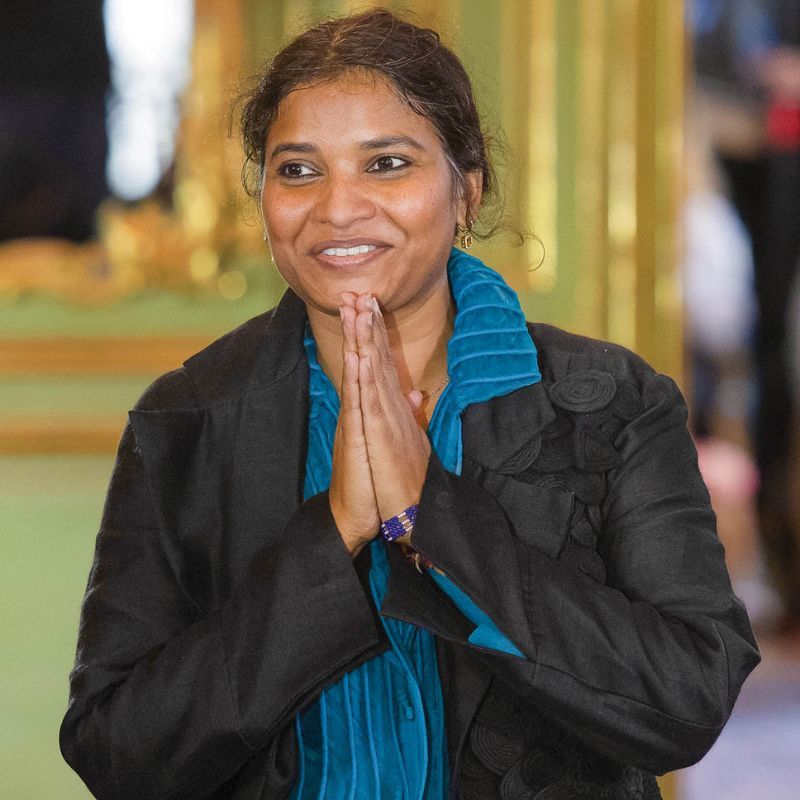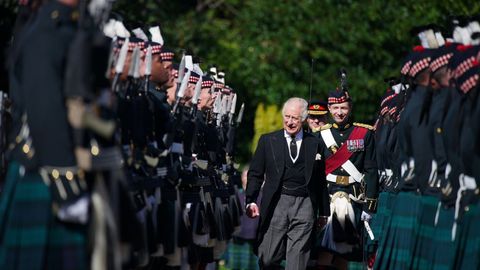
It is incredibly difficult to know the exact figure of the net worth of King Charles III, however, it can be said that he is now far wealthier than he was before the passing of his mother, Queen Elizabeth II. By Manas Sen Gupta
On September 8, 2022, the Queen breathed her last at the Balmoral Castle in Scotland. She was 96 and ruled for 70 years on the British throne.
As the longest-reigning British monarch as well as the longest reigning female head of state in history, the Queen saw some of the most dramatic transformations and advancements in the world.
She not only left behind a long legacy of unfaltering service to her nation but also a massive estimated personal fortune of around USD 500 million (INR 39,82,20,00,000), which now goes to King Charles III and the rest of the royal family including the late Queen’s other children — Prince Andrew, Princess Anne and Prince Edward.
British royal family: One of the richest in the world
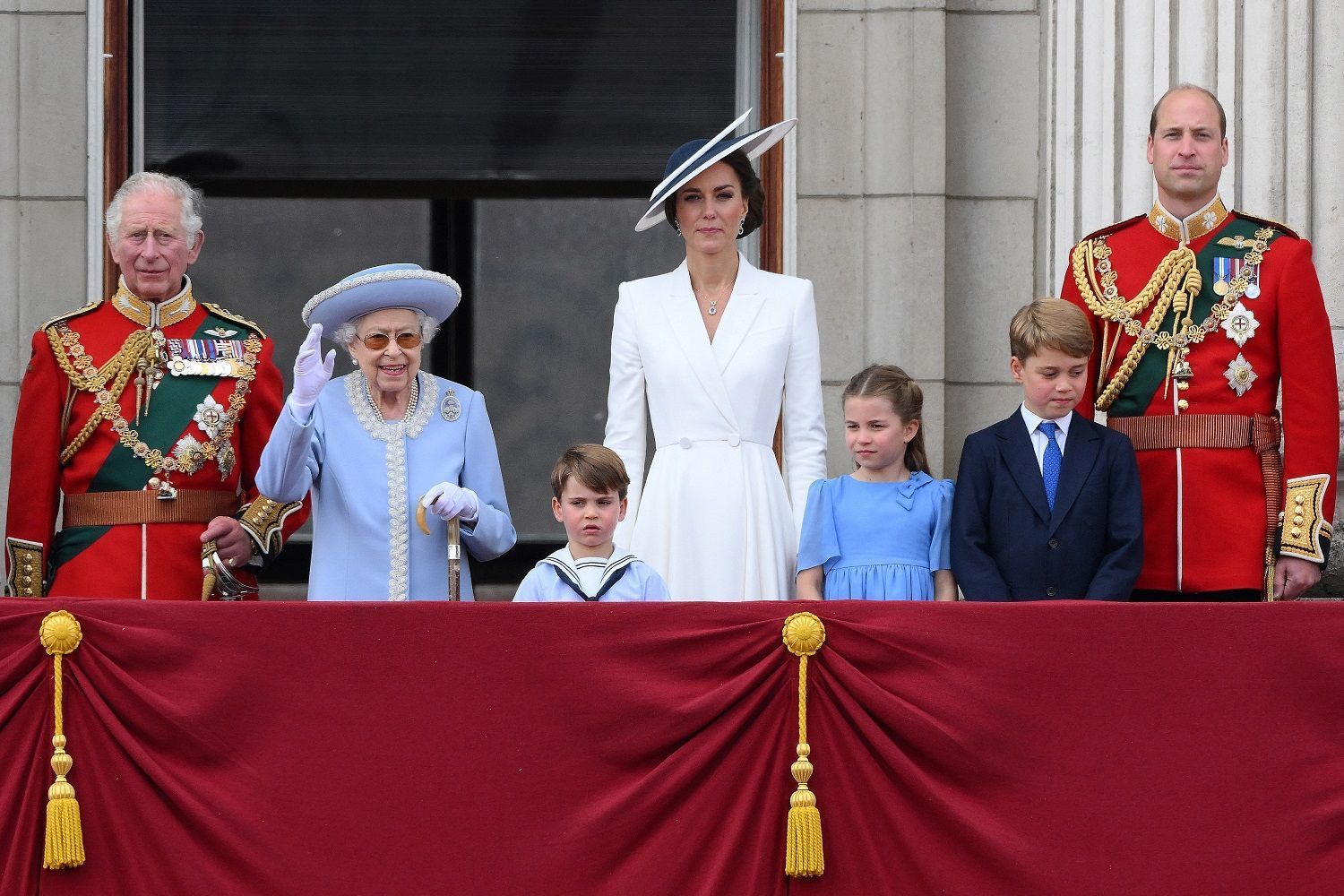
The royal family comprises some of the richest people in the world, but it is the senior royals who have the most in terms of wealth.
This group is nicknamed ‘The Firm’ or ‘Monarchy PLC.’ It comprises Queen Consort Camilla, Prince William — Prince of Wales, Catherine — Princess of Wales and other senior royals but does not include Prince Harry — Duke of Sussex and Meghan — Duchess of Sussex, who stepped back from their official roles as senior royals in 2020.
According to Forbes, the royal family’s net worth could be around USD 28 billion (INR 22,30,04,60,00,000). In 2017, valuation consultancy firm Brand Finance estimated that the British royal family’s brand value was around USD 88 billion (INR 70,08,71,60,00,000). But the exact fortune of the monarchy couldn’t be computed yet.
As per a 2021 report by The Guardian, in 1973, the Queen convinced the British government to change a law to ensure that the exact information about her wealth is never made public citing that it would be “embarrassing.”
Even though Queen Elizabeth II’s net worth has never been known, it includes investments, jewellery, horses, art, real estate, the Royal Philatelic Collection, and other assets including her two private homes — the Balmoral Castle in Scotland and the Sandringham House in England. All of these are expected to be inherited by King Charles III.
In 2017, The Paradise Papers investigation also revealed that the Queen invested millions in offshore accounts including a Cayman Islands fund.
It is worth noting that the British monarch does not technically own Buckingham Palace — one of the most famous royal residences and among the biggest tourist attractions in London. Administration of the 775-room property falls under the Royal Household and it is held under a trust for future generations of the royal family.
The Windsor Castle and the Clarence House, where King Charles III resided when he was the Prince of Wales, are also part of this arrangement. Similarly, there are other estates and palaces which are not in official use and not part of the royal family’s properties; these include the Tower of London and the Hampton Court Palace, which are managed by Historic Royal Palaces.
Interestingly, as per a practice in place since 1910, the will of Queen Elizabeth II will be sealed for at least 90 years, meaning that its contents including details related to what all the royals inherited can’t be known in our lifetime.
An overview of the net worth of King Charles III

Whatever he receives as inheritance from his mother or the fact that it is not possible to find out a senior royal’s exact earning, King Charles III was already worth millions before he ascended the throne following his mother’s demise.
According to Fortune, the net worth of King Charles III was valued at around USD 440 million (INR 35,04,38,00,000) by Wealth-X, a company of data intelligence firm Altrata, even before he became a monarch.
His personal wealth before any upcoming inheritance includes assets such as jewellery and art as well as real estate — the last of which is behind the majority of his million-dollar net worth.
According to Forbes, he has owned an 18-carat gold Parmigiani Fleurier Toric Chronograph watch since the mid-2000s.
He also has in his personal collection cars such as the Seychelles Blue Aston Martin DB6 Volante, which runs on a biofuel made of wine and cheese. He was most recently spotted driving it himself to the opening ceremony of the 2022 Birmingham Commonwealth Games.
Still getting better with age… 🚙
The Prince and The Duchess have made their entrance to the Opening Ceremony of @BirminghamCG22 in His Royal Highness’s Aston Martin, which runs on a by-product of wine and cheese. 🧀🍷 pic.twitter.com/bA77MBl3CF
— Clarence House (@ClarenceHouse) July 28, 2022
And now he also inherits his mother’s Rolls Royce Phantom VI and the Bentley State Limousine, which were designed to mark the silver and golden jubilees, respectively, of the Queen and are counted among the most famous cars of world leaders.
Additionally, King Charles III will not have to pay the 40 percent inheritance tax that British citizens are required to do if the value of their inheritance crosses a particular threshold. This is owing to a 1993 agreement between the Crown and the British government which was justified by then-Prime Minister John Major citing the “unique circumstances of a hereditary monarchy.”
“I believe that is necessary to protect the independence of the monarchy, and I would not wish to detract from that independence in any way,” Major told the House of Commons at the time.
In other words, it’s a complete win-win situation for the British monarch as much as it is for his siblings who, too, might inherit parts of their mother’s fortune.
How rich is King Charles III?
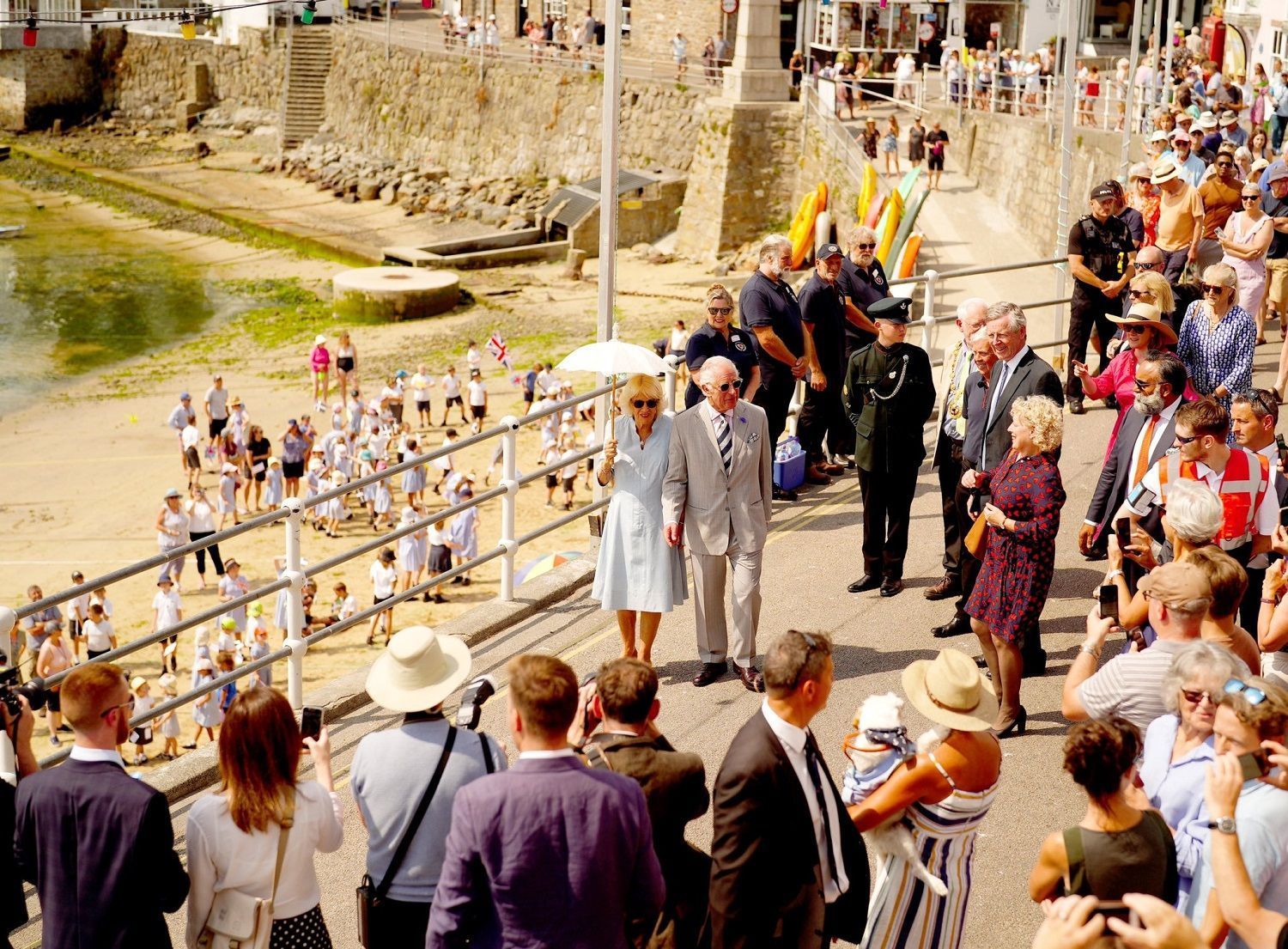
The wealth of King Charles III primarily includes the income from as well as the value of the assets that are part of different management systems. These systems include two duchies — Duchy of Cornwall and Duchy of Lancaster, and the Crown Estate — the billion-dollar portfolio held by a British Sovereign.
Whosoever holds the duchies and the Crown Estate have their share in the revenue of the properties managed by them. However, while both duchies are private sources of wealth, the Crown Estate is not, meaning that holders of the two duchies have to report their income from them without giving details.
Of the three, the most significant contributor to the net worth of King Charles III so far has been the Duchy of Cornwall because he held it as a prince since he was 21 years old. But now, his biggest source of revenue will be the Crown Estate.
Duchy of Cornwall
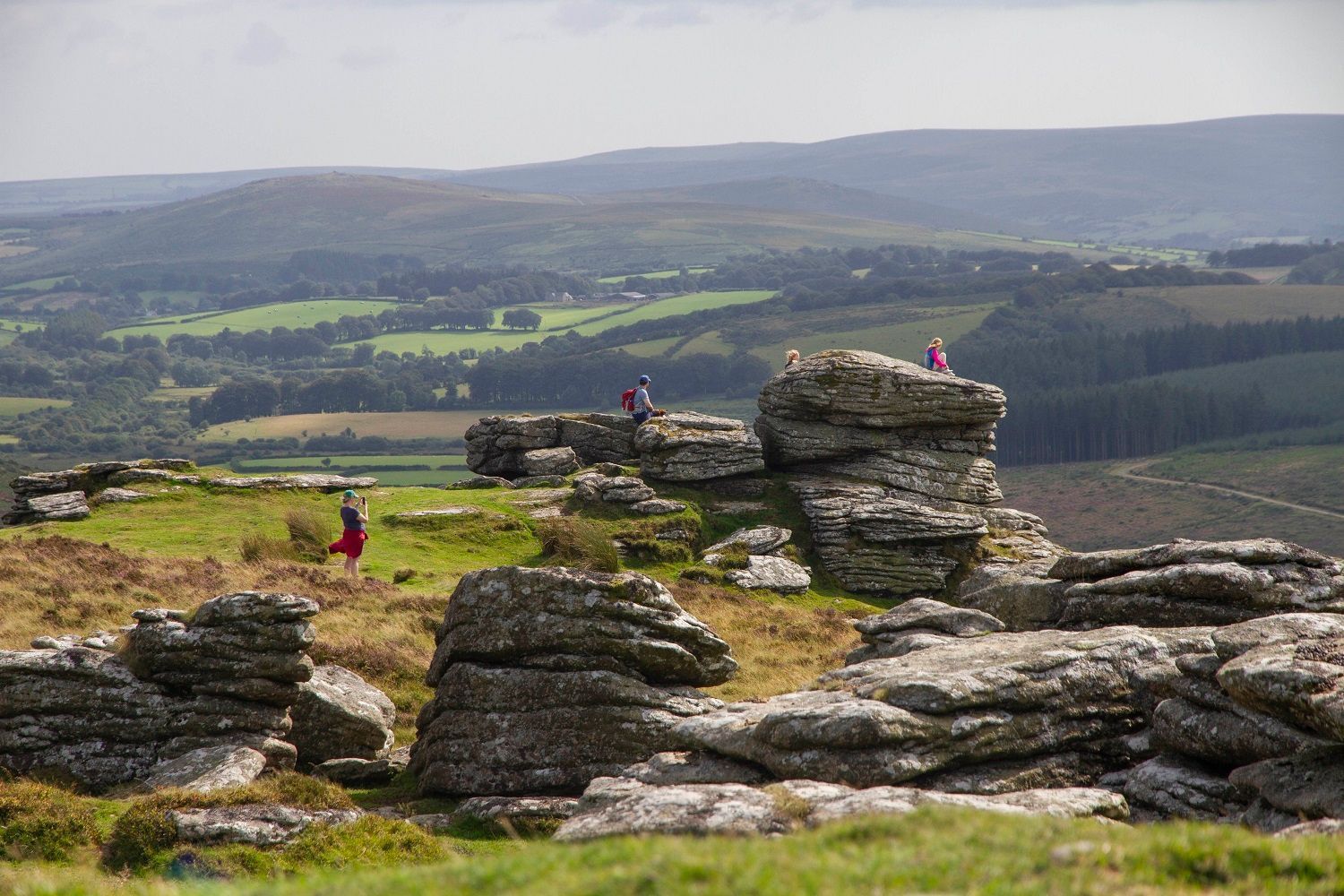
The Duchy of Cornwall officially describes itself as a “private estate which funds the public, charitable and private activities of the Prince of Wales and his family.”
Formed in the 14th century, the Duchy of Cornwall is the prime source of income for the heir to the throne. Always held by the eldest son of the monarch, it came under King Charles III’s management when he became the Prince of Wales in 1969 and was held till he became the Sovereign. The management of the Duchy of Cornwall passed to Prince William, the heir to the throne, on 8 September when he succeeded his father as Duke of Cornwall. As such, it becomes the biggest chunk of Prince William’s net worth now.
The duchy owns several lands and properties across 20 counties of England and Wales.
These include the Oval cricket ground, Dartmoor prison, the Isles of Scilly, some ancient monuments, flats in London, farmlands, holiday cottages, a third of the Dartmoor National Park, as well as the coastline and riverbed around Cornwall and part of south Devon.
It also owns Highgrove House in Gloucestershire, which is known as the ‘family house’ of the King and Camilla, Queen consort. It has Llwynywermod under its control too, which was purchased in 2006 as King Charles III’s Welsh home near the village of Myddfai, Llandovery, Carmarthenshire.
Poundbury, an urban extension of the town of Dorchester which King Charles III himself created in 1994, is also under the management of the Duchy of Cornwall.
The combined area of every property and land within this massive portfolio is over 525 sq km — around the size of Hungary’s capital Budapest or a third of London. The value of this portfolio comes to around USD 1.4 billion (INR 1,11,51,35,00,000).
According to The New York Times, King Charles III made a profit of USD 28 million (INR 2,23,02,70,000) in 2021 alone from the Duchy of Cornwall when he still held it as a prince. His official salary for the same period was just over USD 1.1 million (INR 8,76,17,750). The massive difference between the two incomes explains how significant the Duchy of Cornwall has been to the net worth of King Charles III.
As per the report, the Duchy of Cornwall generates “tens of millions of dollars a year.” Though run like a proper business, it does not pay corporation tax like other businesses in Britain and has not revealed its investments.
However, the official site of the Duchy of Cornwall declares that it is not required to pay corporation tax as it is not a corporation. The duchy mentions that “though not required,” the Prince of Wales pays income tax on the duchy’s surplus and his own income from it.
“If the Duchy also paid corporation tax, the Prince would effectively be taxed twice on the same income,” the duchy states.
According to a 2022 The Guardian report, King Charles III paid 45 percent tax — the highest level — on his income he earned as Prince of Wales from the Duchy of Cornwall in 2021-22.
Duchy of Lancaster

While the Duchy of Cornwall generates a return for the heir to the throne, the Duchy of Lancaster exists to provide the reigning monarch with an income.
Like the Duchy of Cornwall, the Duchy of Lancaster was also formed in the 14th century. As per a stipulation of King Henry IV, the Duchy of Lancaster is held as a private estate and is separate from all other crown possessions.
“The Duchy’s main purpose is to provide income for the Sovereign as Duke of Lancaster, although the Sovereign is not entitled to any of the capital assets of the Duchy,” reads a description on the duchy’s official website.
The Duchy of Lancaster holds lands, buildings and other properties in eight separate units — five Rural Surveys, one Urban Survey, one Foreshore Survey and one Minerals Survey. The five Rural Surveys together measure approximately 183 sq km while the Urban Survey includes several retail, commercial, industrial and business properties.
Included among the assets that the duchy administers are Savoy Chapel, the land for the Hotel Savoy, Bolingbroke Castle and Lancaster Castle.
As the new Duke of Lancaster, King Charles III is now entitled to the income of the estate and everything that is part of it.
According to its official report, the Duchy of Lancaster held net assets worth around USD 800 million (INR 63,74,18,80,000) at the end of March 2022. The assets delivered a net surplus of around USD 30 million (INR 2,39,03,20,500) to Queen Elizabeth II, who was the then reigning monarch.
Interestingly, the Duchy of Lancaster was also named in the Paradise Papers. The Guardian reported that according to the leak, the duchy used offshore private equity funds designed to help investors in the UK escape the US tax next on their holdings. The duchy itself admitted to have invested in “a few overseas funds” but claimed that it did not receive tax advantages.
Crown Estate

The Crown Estate will be the single biggest contributor to the net worth of King Charles III as the reigning monarch. The status of the Crown Estate is unique — it is distinct from both government property and the private estate of the king.
The Crown Estate is managed like a full-fledged corporation, with a chief executive and commissioners to run its operations. In 2021, Forbes reported that it is worth USD 19.5 billion.
Nothing that is owned by the Crown Estate can be sold by the monarch.
As per an arrangement from 1760, all profits made by the Crown Estate are handed over to the Treasury by the monarch. In return, the government returns a small share of the profit, as of now 25 percent, to the monarch, which is known as the Sovereign Grant.
The Sovereign Grant is used by the British ruler for the upkeep of the occupied royal palaces and expenses for official duties.
How much was the Sovereign Grant in 2021-22? According to the Crown Estate’s financial report, the grant, including the dedicated amount for reservicing of the Buckingham Palace, amounted to around USD 100 million (INR 7,96,55,25,000). Since the Sovereign Grant is 25 percent of the Crown Estate’s revenue, it was somewhere around USD 400 million (INR 31,86,21,00,000) in the same period.
The Crown Estate is one of the biggest owners of land and buildings in Britain. It holds vast swathes of land in central London, Wales and Northern Ireland.
According to a 2022 report by The Guardian, numerous prominent addresses along Regent Street, St James’s Street and areas near Piccadilly Circus and Oxford Circus are part of the Crown Estate. Businesses such as Apple store, Lacoste and The Carlton Club are tenants at these properties of the Crown Estate.
The seabed and half the foreshore around large parts of England, Wales and Northern Ireland are also part of the Crown Estate, and so is the management of Windsor park and the Ascot racecourse.
As such, by virtue of being monarch, King Charles III is one of the biggest property owners via the holdings of the Crown Estate and the largest part of his net worth is now formed by this single estate.
(Main image: The Royal Family/@RoyalFamily/Twitter; Featured image: Northern Ireland Office/@NIOgov/Twitter)
This story first appeared on Lifestyle Asia India







